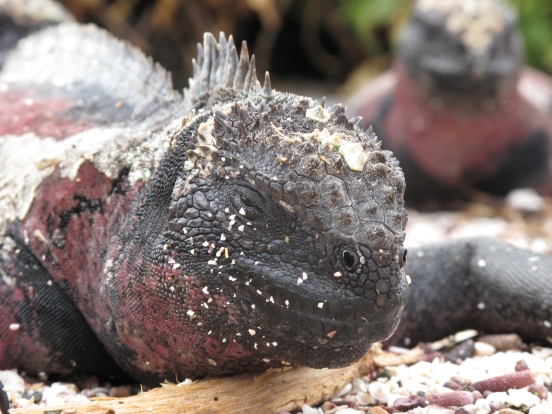***NOTE*** This test was performed with TWO separate copies of the A99. Yes, I was so disappointed by the video from my first A99, I thought it was defective. So I returned it and got the same crappy results with A99 #2. Looking at other A99 videos across the web, its not me or my two copies, it’s the A99. On to my story…
A99 vs. Nex 5n
I got skewered after posting my results of my A99 vs. EM5 video test with wild claims of bias (I just want good video, don’t care where it comes from), flawed testing methods (focus, push record, what am I missing?), that I rigged it to make the EM5 look better (after spending $6000 on a Sony body and lenses) and so on. Its all ridiculous. I put a nice consumer camera (EM5) against Sony’s professional flagship (A99) and the Sony got spanked.
So I figured I’d level the playing field by shooting another test – this time with the A99’s tiny cousin, the Nex5n. The 5n has a 16 megapixel APS-c sensor, compare to the 24 MP full frame sensor in the A99. So its Sony vs. Sony – and to lessen the complaints from the whiners, I’m using the exact same lens on both cameras … the stunning Zeiss 24-70/2.8. I also have the LAEA1 adapter to make the lens work on the Nex5n. To compensate for the 5n’s crop factor, I shot wider on the A99. I stopped down the lens on the A99 to equate the depth of field difference between the two sensor sizes. Everything was shot at a base ISO of 100. Be sure to select 1080p and watch full screen, or even better on a large TV.
As long as everything is in focus, I’m not really concerned about the rest, but the pixel peeping nerds seem to care so I tried to make everything as close as possible. The results are not surprising – again the diminutive Nex5n took the A99 to the woodshed. The softness, moiré and aliasing are again so bad on the A99 its completely unusable. Fine details are once again mush compared to the 5n. Its disappointing how bad the results are for the A99. Absolutely horrible.
Ergonomics on the A99 are a dream. There are two control wheels – one under the shutter and one by the thumb rest – making it easy to adjust aperture and shutter speed when shooting manually. Other shooting parameters can easily be adjusted with the joystick on the rear, functions such as focus magnify, AF lock, ISO and more all are easy to find as some buttons are convex shaped and others are concave. The tilt/swivel LCD is something that should be on every camera, it can be placed on top of the camera for low shots, turned to the side for shoulder mounted shots and tilted down for overhead shots. I love it. It’s such a pleasure to shoot with the A99, and the stills results are simply stunning as you can see here. The video leaves a lot to be desired, and if it can’t best a 5d3, the A99 is going back to Sony.
Some are saying that my results are a by-product of a full frame sensor because the Canon 5d Mark III is also very soft. That may be the case because full-frame DSLR’s have to hatchet down sensor output in the 22-36mp range depending on your camera to just over 2mp for HD video. Some also say I’m an idiot. That may be the case, but the A99 needs glasses – it can’t see. I’m going to put that to the test in my final shootout with the 5d3. I’d rather not have to make the switch again as it’s a pain to buy and sell a complete camera system. I need both stills and video, so my investment has to perform in each medium. I’d love to see something with great sharpness from the A99, but I haven’t yet and I don’t think I ever will. If you’re shooting with one and getting good results please let me know. Until next time, thanks for stopping by.
chris





